
Foot Symptoms That Could Signal Kidney Problems

Your kidneys do far more than just filter waste. These bean-shaped organs play a critical role in regulating blood pressure, balancing electrolytes, maintaining healthy bones, and managing your body's fluid levels. When kidney function begins to decline, your body may send out early warning signs — and surprisingly, your feet might be among the first places to show them.
Recognizing these early signs can be life-changing. Below are 9 key symptoms in your feet and lower limbs that may point to kidney issues, especially if they persist or appear without a clear cause.
1. Swelling in the Feet (Edema)
One of the most common signs of kidney dysfunction is swelling, especially in the ankles, feet, and lower legs. When kidneys fail to remove excess sodium and fluid properly, it accumulates in the tissues.
What to look for:
-
Puffy, swollen feet or ankles
-
Shoes feeling tighter than usual
-
Deep sock marks on your skin
-
Skin that retains a dent when pressed (known as pitting edema)
Chronic swelling may also signal heart or liver issues, but in combination with other symptoms, it can strongly suggest impaired kidney function.
2. Numbness, Tingling, or Muscle Twitching
When waste products like urea and creatinine build up in the blood due to declining kidney function, they can damage peripheral nerves, particularly in your feet and legs.
Symptoms may include:
-
Tingling, burning, or "pins and needles" sensations
-
Reduced sensitivity or numbness
-
Involuntary muscle twitching or cramping, especially at night
This condition, called uremic neuropathy, may begin subtly but can progress if untreated.
3. Foot Pain or Aches
Kidney disease often disrupts the balance of calcium and phosphorus in the body, affecting bone density and joint health.
This can lead to:
-
Constant aching in the feet
-
Pain in the toes, arches, or heels
-
Gout flare-ups, particularly sudden and intense pain in the big toe (caused by uric acid buildup)
Foot pain in kidney patients may also be mistaken for arthritis or other inflammatory conditions.
4. Skin Color Changes on the Feet
Changes in foot color can reflect poor circulation or oxygenation — both of which can occur with kidney dysfunction.
Watch for:
-
Pale, bluish, or purplish feet (suggesting poor blood flow)
-
Reddish or darker skin (from venous congestion or hyperpigmentation)
-
Uneven or mottled skin tone, particularly when feet are cold
These changes may appear gradually and worsen over time, so early observation is key.
5. Dry, Itchy, or Flaky Skin
Your skin reflects your internal health. When kidneys fail to eliminate waste and phosphorus properly, it often shows up as skin issues.
You may notice:
-
Persistent dryness, especially around the ankles
-
Thickened or flaky skin patches
-
Severe itching that worsens at night or after bathing
In advanced cases, scratching may lead to skin cracks or infections. This symptom is common in chronic kidney disease (CKD).
6. Slow-Healing Wounds or Ulcers
When kidneys don’t function well, blood flow and immune function decline, and nerve damage may prevent you from feeling injuries in your feet.
Red flags include:
-
Small cuts or blisters that take weeks to heal
-
Sores or ulcers that become infected
-
Signs of diabetic foot complications (if you also have diabetes)
Left untreated, these issues can lead to serious infections or even amputation.
7. Restless Legs Syndrome (RLS)
This neurological condition is common in people with kidney disease and can dramatically affect sleep and quality of life.
Symptoms involve:
-
Uncomfortable crawling, tingling, or itching sensations in the legs
-
An overwhelming urge to move your legs, especially at night
-
Difficulty falling or staying asleep
RLS is often related to low iron levels or reduced erythropoietin (EPO) — a hormone the kidneys normally produce.
8. Toenail Changes
Kidney problems can cause noticeable changes in your toenails, which may serve as subtle clues to internal imbalances.
Look for:
-
White bands or horizontal ridges across the nails
-
Discoloration (yellowing, browning, or paleness)
-
Thickened, brittle, or crumbling toenails
-
Slower or abnormal nail growth
These changes may not be painful, but they’re worth discussing with a healthcare provider.
9. Muscle Cramps and General Fatigue
Kidney disease can disrupt the levels of electrolytes such as potassium, magnesium, and calcium — all vital for proper muscle and nerve function.
You might experience:
-
Painful muscle cramps, especially in your calves and feet
-
Persistent fatigue or muscle weakness
-
Shortness of breath during exertion (possibly due to anemia)
Over time, chronic fatigue can affect everything from your mood to your ability to carry out daily tasks.
Why These Symptoms Matter
Kidney disease is often called a “silent disease” — symptoms usually don’t show up until the damage is already advanced. But the feet are early messengers of trouble.
By noticing subtle changes early, you can:
-
Slow the progression of kidney disease
-
Prevent severe complications
-
Potentially delay or avoid dialysis and transplantation altogether
When to See a Doctor
Don’t wait until symptoms become severe. If you notice any of the following, especially in combination:
-
Ongoing swelling, tingling, or discoloration in your feet
-
Changes in urination (frequency, color, or pain)
-
Unexplained fatigue or weakness
-
Elevated blood pressure
…talk to a healthcare provider. A simple blood and urine test can reveal early kidney dysfunction — and early intervention makes all the difference.
Your Feet Might Be Telling You Something Important
Staying proactive can protect not just your kidneys, but your overall health. Don’t ignore the signs your body is giving you — especially when they’re right under your nose… or your toes.
News in the same category


The #1 Drink to Prevent Foamy Urine — Plus 7 More Your Kidneys Will Thank You For
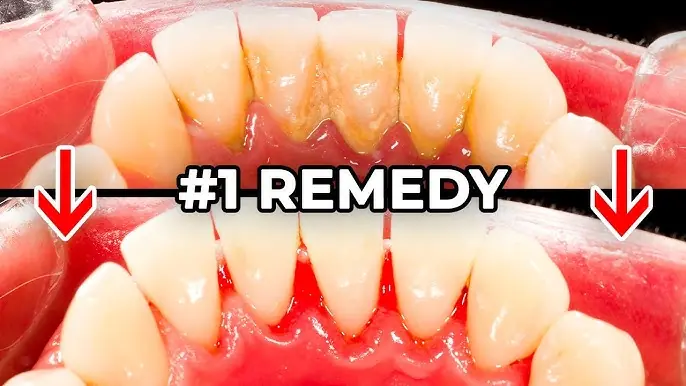
The #1 Most Effective Remedy for Dental Plaque (And How to Beat Tartar at Home)

JUST 1 CUP FLUSHES POUNDS OF TOXIC WASTE

Just 2 Nuts a Day Can Support Your Thyroid, Help With Weight Loss, and Balance Blood Sugar

Zinc Deficiency Triggers Inflammation in Your Body — Here’s What to Eat to Fix It
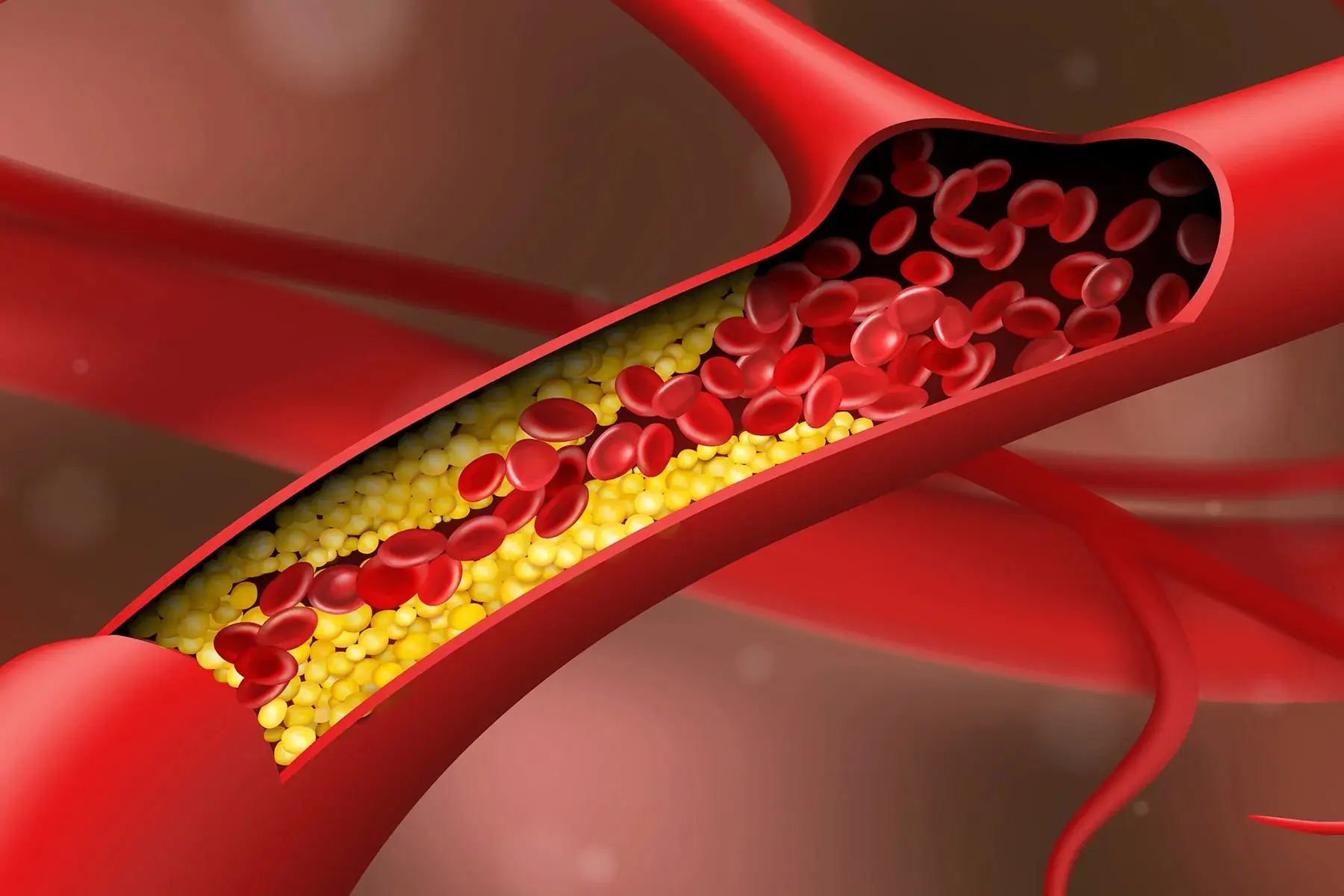
CLEANSE CLOGGED ARTERIES WITHOUT MEDICATION

The #1 Way To Stop Bloating Fast
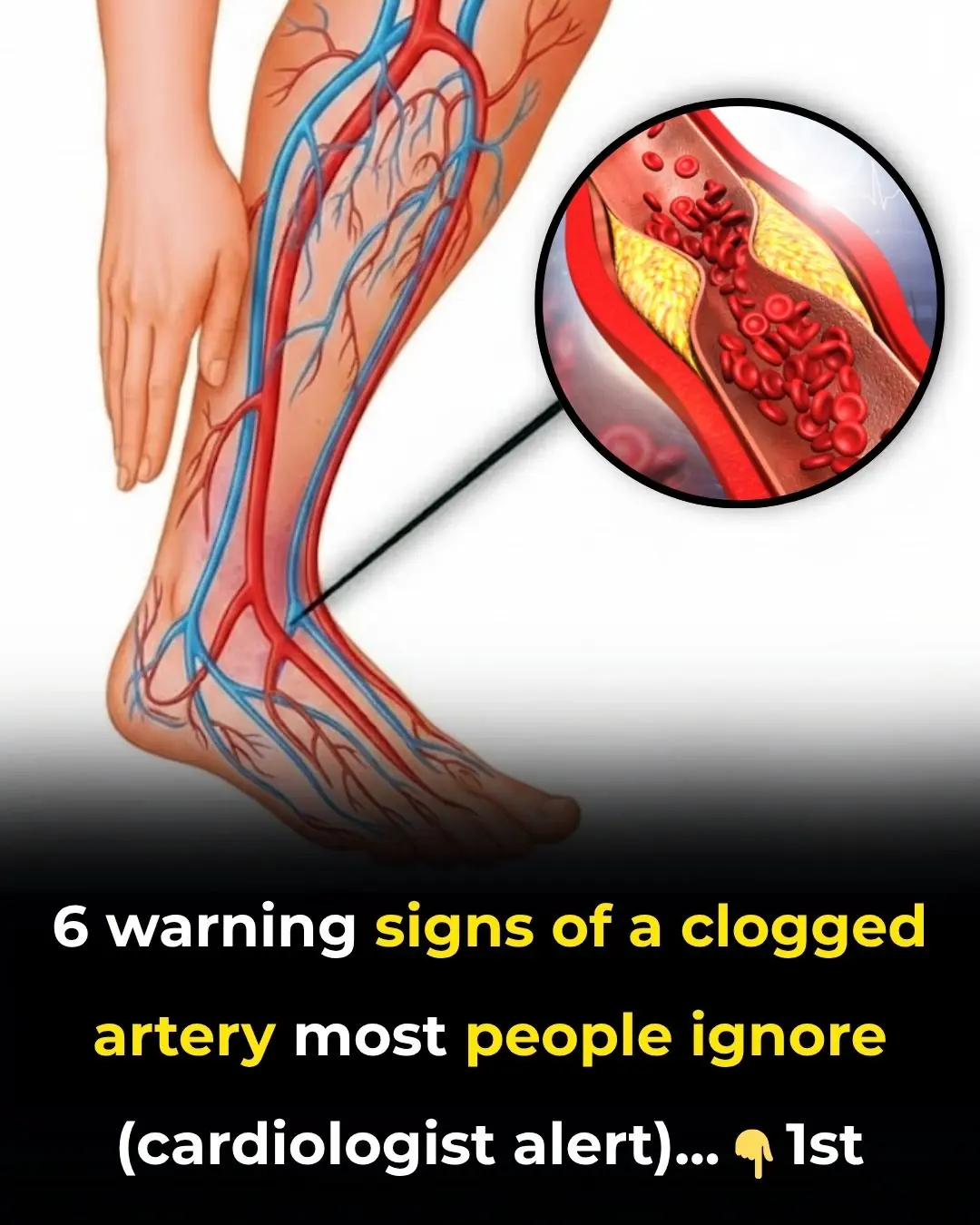
6 warning signs of a clogged artery most people ignore (cardiologist alert)
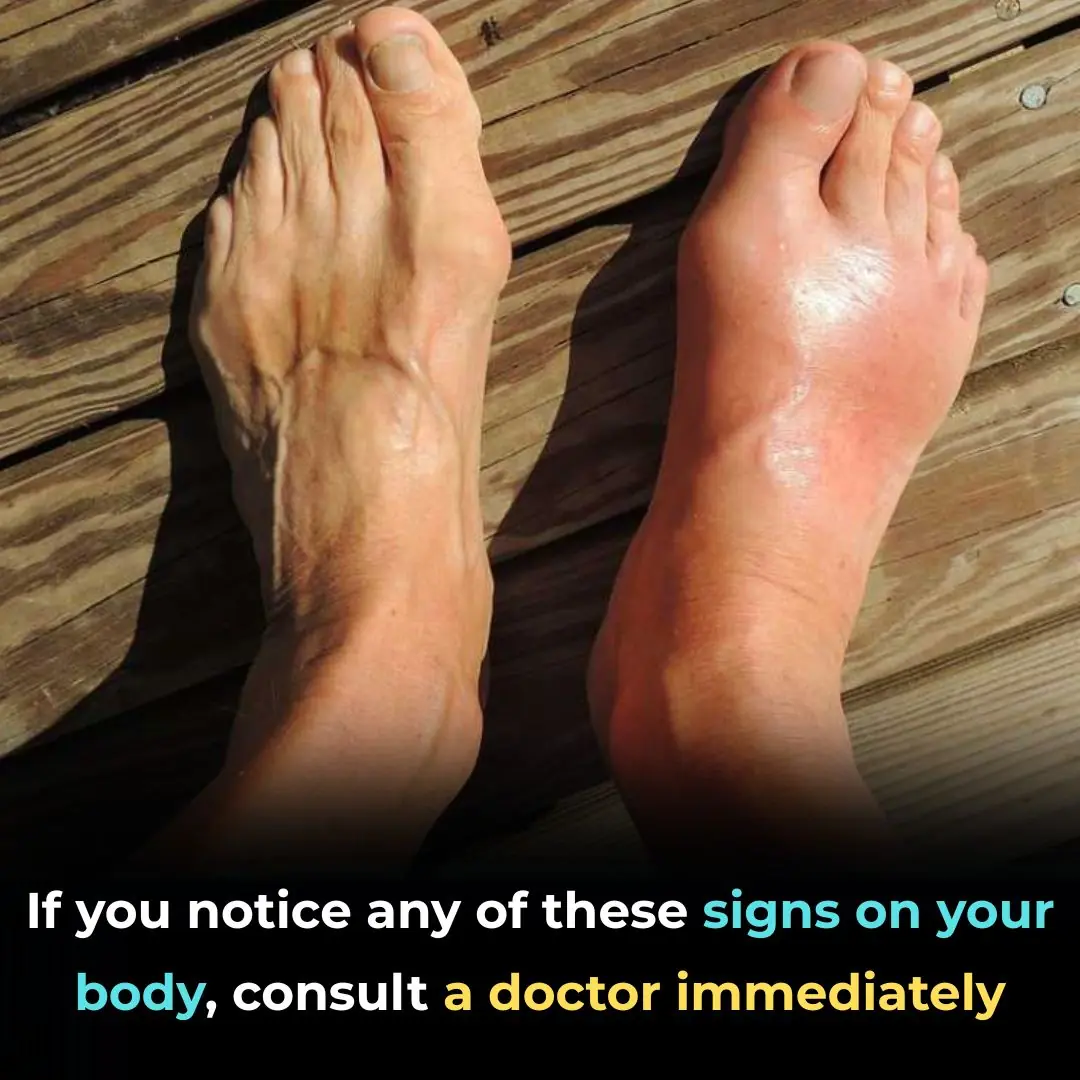
Redness Swelling and Warmth in One Leg

These are the signs that he is...read more

12 weird signs your body isn’t making enough bile—don’t ignore these!

12 Fish Species You Need to Know to Avoid

🦴 The Vitamin & Mineral Deficiencies That May Be Behind Leg and Bone Pain

🩺 Unusual Case of Sweet Syndrome Triggered by New Inhaler Therapy in Primary Care

Tomato Benefits for Skin – Rub Tomato Slice on Face

Hidden Dangers on Your Plate: 4 “Clean” Foods That Can Secretly Harm Your Health
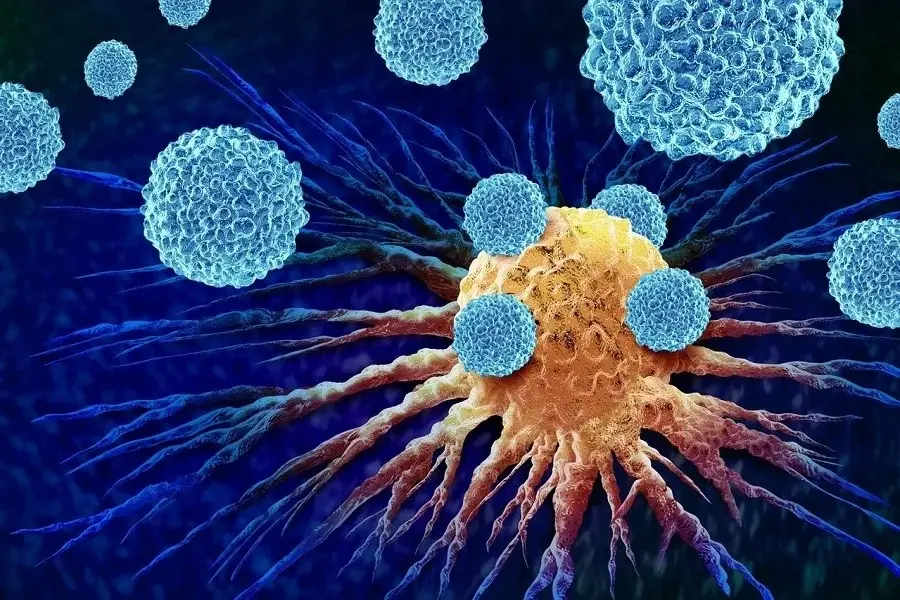
4 Unusual Signs in Your Neck That Could Be Symptoms of Cancer — Don’t Ignore Them
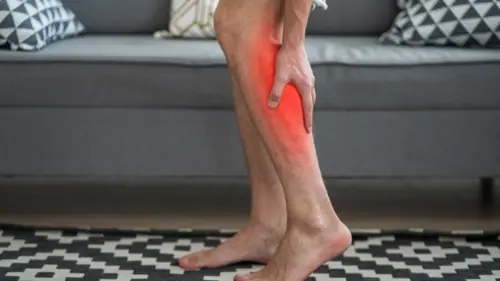
6 Warning Signs in Your Legs That Could Indicate a Serious Disease — Don’t Ignore Them
News Post

The air conditioner only has wind but is not cool. If you do this, it will be 'cold'. No need to call a costly technician.

Tips to preserve bamboo and wooden chopsticks all year round without mold

No need for sprays or incense, use this water and mosquitoes will disappear completely.

When cooking bitter melon soup, just add this one thing to ensure the dish is both delicious and nutritious.

Soak sea fish in this water, it is very effective in removing fishy smell.

Bought ginger and it withered not long ago. Follow these 3 methods to keep it fresh for half a year.

Place this bowl of water in the corner of the house: Mosquitoes will automatically stay away, and the whole house will be free of mosquitoes.

Life, Gratitude, and a Tiara: Stacy’s Story of Resilience

“Inch by Inch, Prayer by Prayer: A Mother’s Faith and a Family’s Fight to Bring Kain Home”

San Antonio Bids Farewell to Its Brightest Little Star

Champ the Two-Legged Chihuahua: A Tiny Hero Who Saved His Owner’s Life

When Dolphins Became Guardians: The Day Four Swimmers Were Saved from a Great White

KEVIN’S MIRACLE: A LITTLE BOY’S COURAGE AND A FAMILY’S UNBREAKABLE HOPE 💛🎗️

Illegal Zoo in Singapore Exposed as Hub for Underground Betting Ring

A Mother’s Desperate Plea: Help Save Milena’s Life Before It’s Too Late

What Happens to Your Body When You Stop Eating

The #1 Drink to Prevent Foamy Urine — Plus 7 More Your Kidneys Will Thank You For

The #1 Most Effective Remedy for Dental Plaque (And How to Beat Tartar at Home)

JUST 1 CUP FLUSHES POUNDS OF TOXIC WASTE
